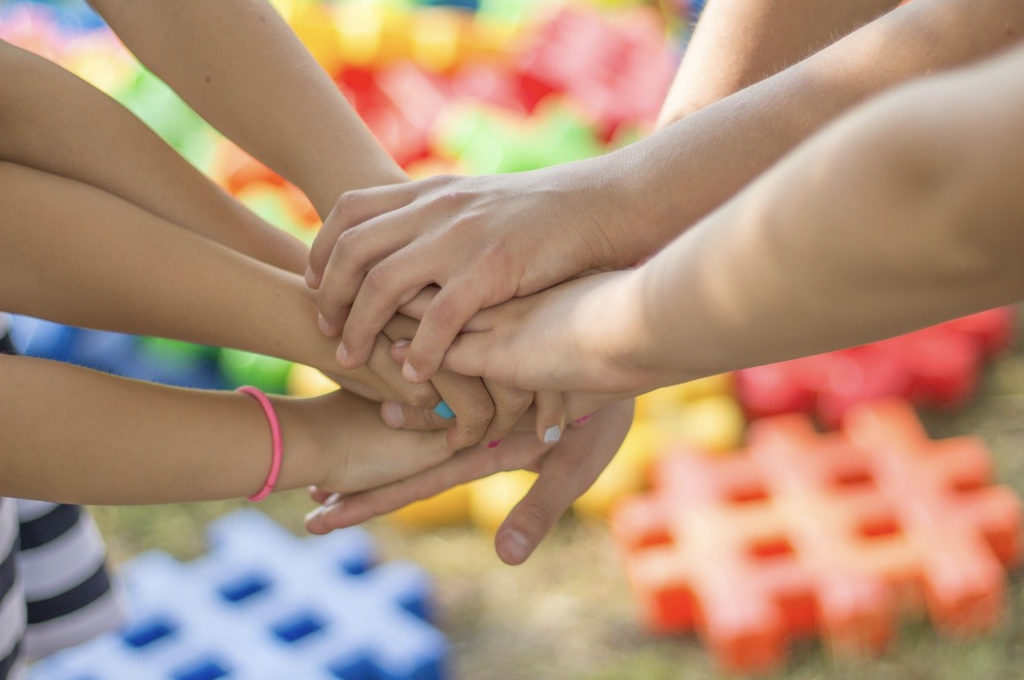blog, Disaster Preparedness, Earthquakes, Health, NEPTA NEWS
PLANNING FOR FAMILY SAFETY IN 5 STEPS
The National Emergency Planning and Training Association is dedicated to the systematic process of preparation and recovery in the event of a disaster, emergency, or unforeseen occurrence. Contact us today to learn more! (888) 267 9990
Planning for Family Safety in 5 Steps
If you’re like a lot of families, the coronavirus pandemic was a wake-up call showing just how unprepared you are for a major crisis. Even families who thought they had a solid emergency plan realized how hard it can be to keep the bills paid and food in the fridge. As a result, many are wondering how they can be better prepared next time.
While you can’t live your life in fear, there are reasonable steps that families can take to protect themselves against future emergencies. The National Emergency Planning and Training Association shares a few essential steps to take right now:
Step 1: Create an Emergency Communication Plan
The first piece of any family safety plan is communication. Your family may not be together when disaster strikes, so it’s important that everyone knows how to get in touch with each other and with emergency services. Home & Kind suggests compiling a document with the following phone numbers and keep copies in each person’s backpack, purse, or wallet and post one in a visible place in your home:
- Emergency services.
- Personal cell phones.
- Schools, daycares, and workplaces.
- Primary care doctors.
- An out-of-town contact.
Learn more about creating your family communication plan from FEMA.

Step 2: Designate Safe Meeting Areas
In a natural disaster, your family may need to leave your home and seek safety. If you’re separated in an emergency, you also need a safe place to reunite. Every family should designate four meeting places for emergencies:
- In your home: Choose a room in your home where you can shelter in a tornado or other natural disaster. A small, windowless room in the interior of your home is the safest place to be in a high-wind storm.
- Outside your home: Some emergencies call for leaving home, like a fire. Choose a prominent landmark in your neighborhood where your family can reconvene.
- In your town: If a disaster happens while your family is at work and school, it may not be possible to get back to your neighborhood. For these scenarios, designate a meeting place like a library or park where you can gather.
- Outside your town: Your family needs a safe place to go in the event of an evacuation. Look to out-of-town family and friends for a place you can evacuate, and discuss your plan for getting there.
Step 3: Prep and Stock Up
Whether you’re hunkering down during a storm or sheltering in place long term, you’ll need to take steps to prepare your home for an emergency and procure supplies to keep your family safe, warm, and fed during and in the aftermath:
- Prep your home: You can protect your home by removing trees that could fall on your home. Search online for tree removal services to find highly rated companies in your area. You should also remove any toys or other debris from your yard that could damage your home or a neighbor’s. Depending on the emergency, you may also want to board up your windows or place sandbags around your home to mitigate flood damage.
- Non-perishable food and water: It’s recommended to keep a three-day supply of food and water on hand for emergencies, but if you have space, consider stocking more. Non-perishable foods like canned goods, dry beans, and grains last a long time and help families avoid panic buying in a crisis.
- Household goods: While not strictly essential, household goods make life more comfortable in a crisis. Aim to keep two months’ worth of basic household goods like toilet paper and cleaning supplies on hand.
- Emergency kit: Every family should assemble a disaster supply kit. Some key elements in your kit should include several flashlights and extra batteries, cash, waterproof matches, a battery-powered radio, a whistle, and even copies of your identification. This is just the tip of the iceberg, but a well-rounded kit is critical for being prepared.
- Additional items: In addition to an emergency kit, many families keep an emergency bag packed with meds and other necessary items, including comfortable and versatile clothes for each family member.
- Money: Don’t forget to maintain an emergency fund for your family. Keeping 3-6 months’ of expenses in savings will help you feel comfortable if a crisis interrupts your income.
Step 4: Train
It’s not enough to have a plan. You also need to be able to put it to action. Train family members on these emergency preparedness skills:
- First aid.
- Using a fire extinguisher.
- Turning off gas, water, and power to the home.
Step 5: Practice
Finally, practice! Your goal as a parent is to make emergency preparedness feel like second nature to your family. By regularly revisiting your family safety plan and practicing evacuation drills and emergency skills, you can rest assured knowing that your family is prepared for anything.
Image via Pixabay

